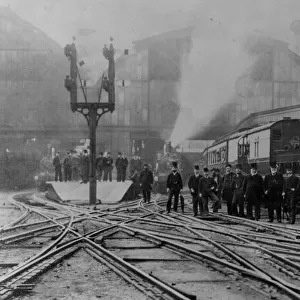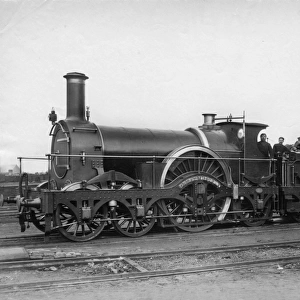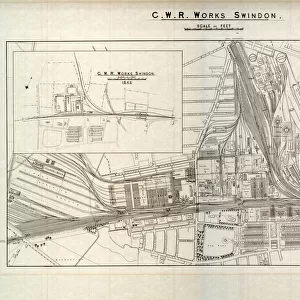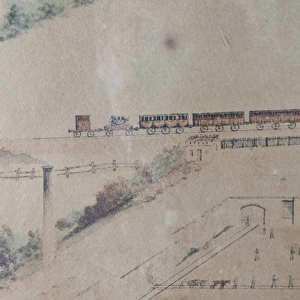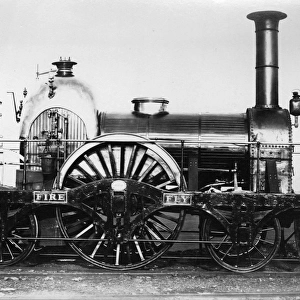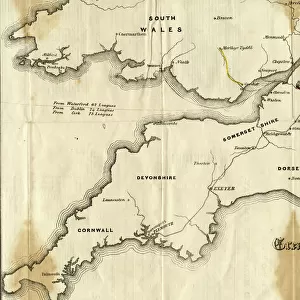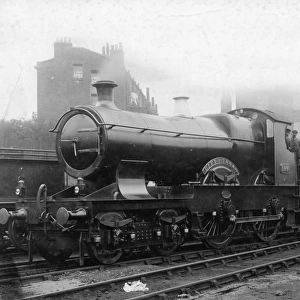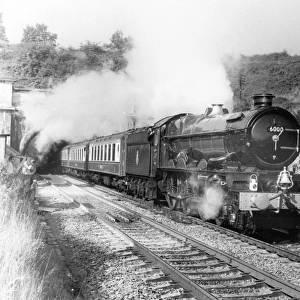Home > STEAM Museum of the GWR > Artwork and documents > Artwork
Broad Gauge locomotive, Fire Fly
![]()

Wall Art and Photo Gifts from STEAM Museum
Broad Gauge locomotive, Fire Fly
Design drawing for the 2-2-2 Fire Fly Class locomotive. Built 1840 by Jones, Turner & Evans, Newton-Le-Willows
STEAM - Museum of the Great Western Railway
Media ID 8664372
FEATURES IN THESE COLLECTIONS
> STEAM Museum of the GWR
> Artwork and documents
> Artwork
> STEAM Museum of the GWR
> Favourites
EDITORS COMMENTS
This design drawing depicts the Fire Fly Class locomotive, a 2-2-2 Broad Gauge steam engine built by Jones, Turner & Evans in 1840. The Fire Fly, named for its agile and swift nature, was not a commercial production locomotive but rather a unique and innovative design. Broad Gauge, with its wider track and larger wheels, was the dominant railway standard in the south-west of England during the early to mid-19th century. This Fire Fly Class locomotive, with its 2-2-2 wheel arrangement, was an attempt to improve upon the traditional 2-2-0 design. The extra pair of wheels on the leading axle provided better traction and stability, making it particularly suitable for the challenging terrain and steep gradients of the Great Western Railway (GWR). The Fire Fly Class locomotive was designed by an unknown engineer, but its construction was undertaken by Jones, Turner & Evans, a prominent locomotive building firm based in Newton-Le-Willows. The engine's design featured a number of advanced features for the time, including a Belpaire firebox, which improved combustion efficiency, and a large boiler, which increased steam pressure and power output. Despite its innovative design, the Fire Fly Class locomotive did not see widespread adoption. The GWR opted to continue using their successful 2-2-0 and 2-4-0 locomotives, which were more cost-effective to build and maintain. However, this drawing serves as a testament to the ingenuity and experimentation that characterized the early days of railway engineering. Today, this Fire Fly Class locomotive design drawing is a prized possession of the STEAM Museum of the GWR, which houses an extensive collection of railway artifacts and memorabilia. The museum, located in Swindon, Wiltshire, UK, is dedicated to preserving the history and heritage of the Great Western Railway and the wider railway industry.
MADE IN THE UK
Safe Shipping with 30 Day Money Back Guarantee
FREE PERSONALISATION*
We are proud to offer a range of customisation features including Personalised Captions, Color Filters and Picture Zoom Tools
SECURE PAYMENTS
We happily accept a wide range of payment options so you can pay for the things you need in the way that is most convenient for you
* Options may vary by product and licensing agreement. Zoomed Pictures can be adjusted in the Basket.



